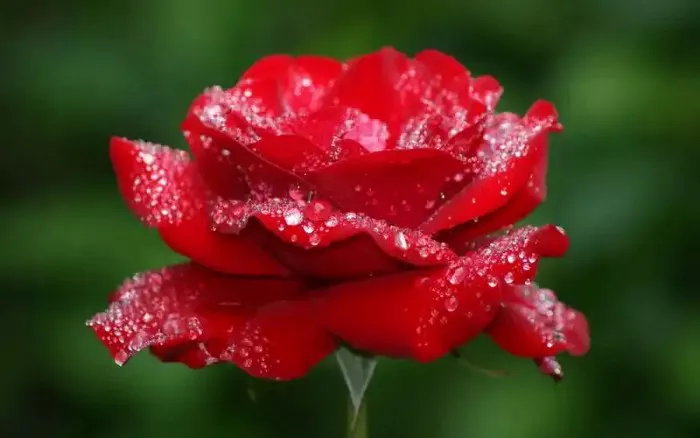Roses are beloved for their beauty and fragrance, making them a favorite in gardens and landscapes. However, rose plants can be susceptible to various diseases, one of the most common being black spot. This fungal disease can significantly affect the health of rose plants if not managed properly. Understanding how roses get black spot, its symptoms, and management strategies is essential for any rose gardener.
Understanding Black Spot Disease
Black spot is caused by the fungus Diplocarpon rosae. This pathogen thrives in warm, humid conditions, making it particularly problematic during the growing season. The fungus primarily affects the leaves but can also impact stems and buds. Once the spores of the fungus land on a suitable surface, they can germinate and infect the plant.
Black spot is not only a cosmetic issue. It can weaken the plant over time, leading to reduced flowering and overall vigor. If left untreated, severe infections can even kill the rose plant.
How Black Spot Develops
Black spot disease develops under specific environmental conditions. Several factors contribute to the infection and spread of this fungus, including
Humidity and Moisture Black spot thrives in high humidity. Prolonged leaf wetness, especially after rain or overhead watering, creates an ideal environment for the fungus to grow.
Temperature The fungus prefers warm temperatures, typically between 60°F and 80°F (15°C to 27°C). Conditions that fall within this range promote spore germination and infection.
Infected Plant Material The presence of infected leaves or debris around the plant can serve as a source of spores. The fungus can survive in fallen leaves or on the soil surface, leading to reinfection in subsequent growing seasons.
Poor Air Circulation Crowded plants with limited airflow can retain moisture on the leaves, increasing the likelihood of black spot development. Proper spacing between plants is essential for good air circulation.
Symptoms of Black Spot
Identifying black spot early is crucial for effective management. The primary symptoms include
Black Spots on Leaves The most noticeable sign is the appearance of circular black spots, often surrounded by a yellow halo. These spots can vary in size and usually appear on older leaves first.
Leaf Yellowing As the infection progresses, the leaves may turn yellow and eventually drop from the plant. This can lead to significant defoliation, weakening the rose.
Reduced Flowering Infected plants may produce fewer flowers or smaller blooms. The overall vigor of the plant can decline, affecting its ability to thrive.
Stem and Bud Infection In severe cases, the fungus can also infect stems and buds, leading to further complications and reduced growth.
Management Strategies for Black Spot
Managing black spot requires a combination of cultural practices, chemical treatments, and vigilant monitoring. Here are some effective strategies
Choose Resistant Varieties When selecting roses, consider choosing varieties that are resistant to black spot. Many modern rose cultivars have been bred for improved disease resistance.
Proper Watering Techniques Water roses at the base to keep the foliage dry. Avoid overhead watering, especially during humid conditions. Early morning watering allows leaves to dry quickly throughout the day.
Improve Air Circulation Space plants adequately to ensure good airflow. Pruning can also help open up the center of the plant, promoting better circulation and reducing humidity around the leaves.
Remove Infected Material Regularly inspect plants for signs of black spot. Remove and dispose of infected leaves and debris from the ground. This helps reduce the source of spores and prevents reinfection.
Use Mulch Applying a layer of organic mulch around the base of the plants can help prevent spores from splashing onto the leaves during rain or watering.
Apply Fungicides If black spot is a recurring problem, consider using fungicides as a preventive measure. Look for products specifically labeled for use against black spot on roses. Follow the manufacturer’s instructions for application rates and timing.
Conclusion
Black spot is a common fungal disease that affects roses, primarily caused by the fungus Diplocarpon rosae. Understanding how this disease develops and recognizing its symptoms are crucial for effective management. By implementing proper cultural practices, selecting resistant varieties, and using fungicides when necessary, gardeners can protect their roses from black spot. With diligent care, it is possible to maintain healthy, vibrant rose plants that continue to bloom beautifully throughout the growing season.


